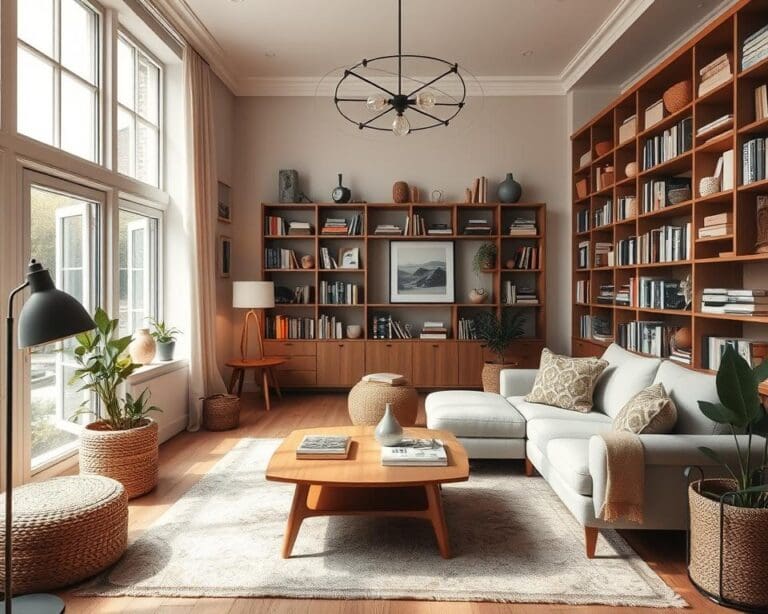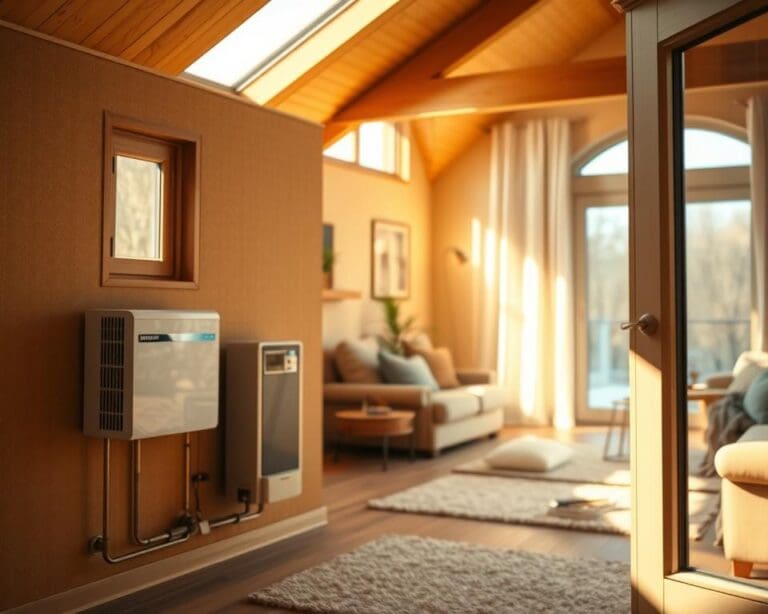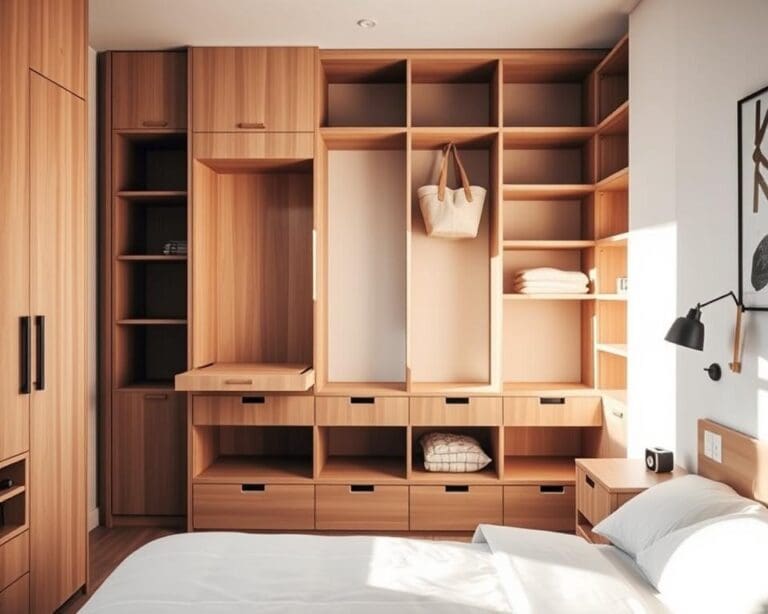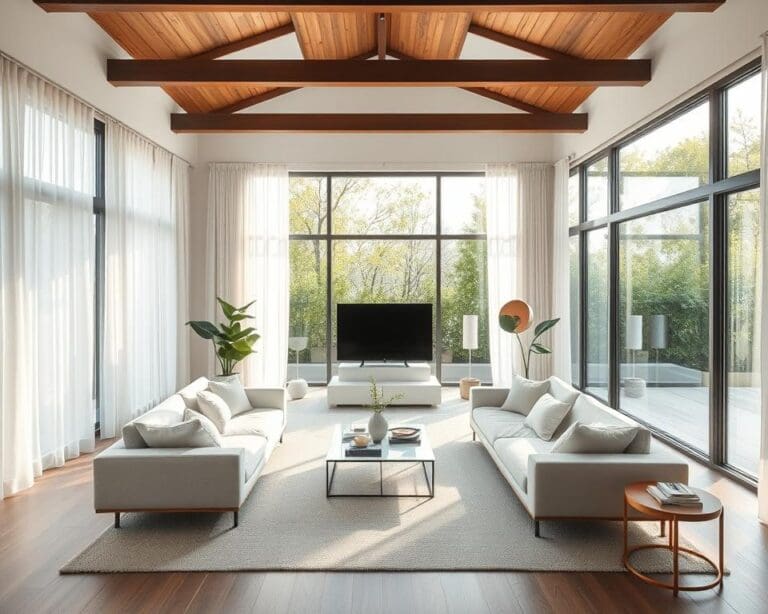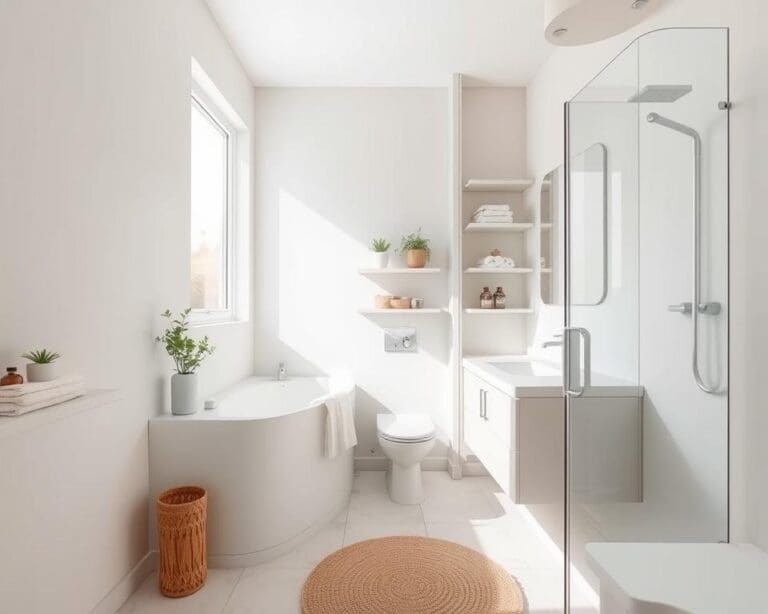When it comes to creating a welcoming environment, the choice of materials for durable restaurant furniture plays a pivotal role. Selecting the best materials for restaurant furniture not only enhances aesthetic appeal but also contributes significantly to restaurant furniture durability. In bustling dining settings, the right materials can withstand daily wear and tear while providing comfort and functionality. This exploration into suitable materials aims to inspire restaurateurs to make informed choices that elevate their establishments and ensure longevity in their furniture investments.
The Importance of Choosing Durable Materials for Restaurant Furniture
When selecting furniture for a restaurant, the choice of durable materials plays a pivotal role in shaping not only the aesthetic appeal but also the functionality of the dining area. Investing in quality furniture enhances the customer experience, ensuring that patrons enjoy their time in a comfortable and inviting environment.
Enhancing Customer Experience
High-quality, durable materials for restaurant furniture contribute significantly to an elevated dining experience. Comfortable seating and visually pleasing designs can create a welcoming atmosphere, encouraging guests to linger and enjoy their meals. Attention to detail in furniture design reflects a restaurant’s commitment to quality, which resonates with customers and can lead to positive reviews and repeat visits.
Reducing Long-Term Costs
While upfront costs for durable materials may be higher, the long-term cost savings are noteworthy. by investing in resilient furniture, restaurant owners can minimise the need for frequent replacements and repairs. This strategic approach to furniture selection enhances operational efficiency, allowing management to allocate resources more effectively. Ultimately, choosing durable materials not only protects the bottom line but also reinforces the establishment’s reputation for quality.
Wood: A Timeless Choice for Restaurant Furniture
In the realm of restaurant furniture, wood stands out as a classic choice that blends both style and functionality. This natural material not only enhances the aesthetic appeal of dining spaces but also offers unmatched durability. A variety of types of wood provide unique characteristics that can cater to different restaurant themes and designs, ensuring that establishments create the desired ambiance.
Types of Wood Used in Restaurant Furniture
Restaurant owners often select from a wide array of types of wood, each bringing its distinct charm:
- Oak: Known for its strength and durability, oak is popular for creating sturdy tables and chairs.
- Maple: This wood offers a smooth surface, making it ideal for contemporary settings.
- Teak: Renowned for its water resistance, teak is excellent for outdoor restaurant furniture.
- Walnut: With its rich colour and grain, walnut adds a touch of elegance and sophistication.
Benefits of Wood Furniture
The benefits of wood furniture are numerous and compelling. Wood restaurant furniture contributes to a warm and inviting atmosphere, essential for enhancing the dining experience. Other advantages include:
- Exceptional durability, ensuring that furniture withstands daily wear and tear.
- Aesthetic versatility, fitting seamlessly into various design themes.
- Comfortable seating options that encourage guests to linger longer.
- Environmentally friendly options available when sourced sustainably.
Metal: The Strength Behind Durable Designs
Metal restaurant furniture embodies strength and resilience, making it a popular choice for establishments aiming for longevity and style. The versatility of metal allows for an array of designs, capturing everything from industrial charm to modern elegance. Understanding the different metal alloys used in crafting restaurant furniture will enhance both aesthetics and functionality.
Different Metal Alloys and Their Applications
Various metal alloys contribute unique qualities to restaurant furniture. Steel, renowned for its strength, can endure heavy usage in bustling dining environments. Aluminium presents a lightweight alternative, ideal for easier mobility and outdoor settings. Incorporating elements like stainless steel not only offers tensile strength but also superior rust resistance, ensuring that pieces remain pristine over time. Each alloy’s specific properties must be carefully considered when designing metal restaurant furniture, resulting in durable yet stylish outcomes.
Rust Resistance and Maintenance Tips
Maintaining the beauty and functionality of metal furniture involves a few simple practices. Regular cleaning helps to prevent the build-up of grime and rust, preserving the furniture’s appeal. Applying protective coatings is crucial in enhancing rust resistance, particularly for pieces exposed to moisture. Following these maintenance tips will ensure that your investment in metal alloys translates into enduring, attractive furniture that withstands the test of time.
What materials work best for durable restaurant furniture?
When it comes to selecting materials for restaurant furniture, a wide array of options presents itself. Each material offers unique benefits and characteristics that can significantly affect the environment and experience of patrons. A thorough materials comparison will help in identifying the best materials for restaurant furniture suited to various dining settings.
Comparative Analysis of Various Materials
In evaluating restaurant furniture, consider these commonly used materials:
- Wood is celebrated for its aesthetic appeal and durability, offering warmth and character. It can withstand significant wear but may require regular maintenance.
- Metal provides robust strength and is resistant to damage. Various alloys can be utilised for specific designs, ensuring longevity in high-traffic areas.
- Plastic is lightweight and easy to clean, making it ideal for casual eateries. Though less sophisticated in appearance, its affordability can be enticing.
- Upholstered furniture enhances comfort but should be carefully selected for the type of fabric used to ensure wear resistance and easy upkeep.
Factors to Consider when Selecting Materials
Several key factors should guide your decision-making process when selecting materials:
- Assess the type of dining experience you aim to create; upscale venues may benefit from wood and upholstery, whereas fast-casual spots might opt for metal or plastic.
- Evaluate potential wear and tear based on anticipated customer traffic. Durability is crucial in high-volume restaurants.
- Consider ease of cleaning as a priority. Materials that resist stains and damage will save time and resources.
- Ensure the materials align with the overall aesthetic vision of your restaurant, enhancing the designed atmosphere rather than clashing with it.
Upholstery Options for Comfort and Longevity
When considering upholstery options for restaurant furniture, the right furniture fabric can significantly enhance both comfort and aesthetic appeal. Selecting a durable and stylish fabric is essential, particularly in high-traffic environments. Leather and vinyl are popular choices due to their resilience and ease of maintenance. Synthetic fabrics, such as polyester, offer a range of colours and patterns while providing stain resistance and durability. Natural fabrics like cotton or linen, while elegant, may require more careful consideration regarding durability and maintenance.
Choosing the Right Fabric
Evaluating upholstery options involves assessing fabric durability, stain resistance, and cleaning ease. Many restaurants opt for materials that can withstand frequent cleaning while maintaining their appearance. Consider fabrics that have been treated for stain resistance or those that naturally offer protection against spills. A well-chosen fabric beautifies the space and serves practical purposes, ensuring longevity in a restaurant setting.
Maintenance and Care for Upholstered Furniture
The maintenance of upholstered furniture is crucial for preserving both its functionality and aesthetics. Regular vacuuming prevents dirt accumulation, while immediate attention to spills can inhibit staining. Using fabric protectors can extend the life of upholstery, offering additional resistance to wear and tear. Periodic professional cleaning also ensures that furniture remains welcoming for guests, maintaining the restaurant’s inviting atmosphere.
Sustainable Options: Eco-Friendly Materials for the Modern Restaurant
In an era where sustainability is at the forefront of consumer choices, the integration of eco-friendly materials into restaurant furniture has never been more essential. Reclaimed wood, bamboo, and recycled metals are not only environmentally responsible options but also enhance the aesthetic appeal of dining spaces. These sustainable restaurant furniture choices present restaurateurs with the opportunity to reflect their commitment to green choices while attracting eco-conscious diners seeking a dining experience that aligns with their values.
Opting for sustainable materials offers multiple advantages beyond just the environmental aspect. By selecting durable options that are both stylish and functional, restaurant owners can create inviting atmospheres conducive to customer satisfaction. The increasing availability of chic designs made from eco-friendly materials means that establishments no longer need to compromise on style to embrace sustainability, ensuring that their furnishings remain trendy and long-lasting.
Moreover, adopting a mindset focused on sustainable procurement can significantly impact local economies. Supporting local suppliers and eco-friendly practices fosters community relationships and promotes a greener business approach. By considering the lifecycle of materials used in their furniture, restaurateurs can curate spaces that are not only beautiful but also responsible, embodying a future where sustainability is the norm rather than the exception.



